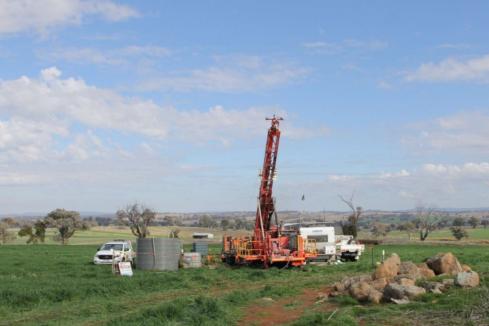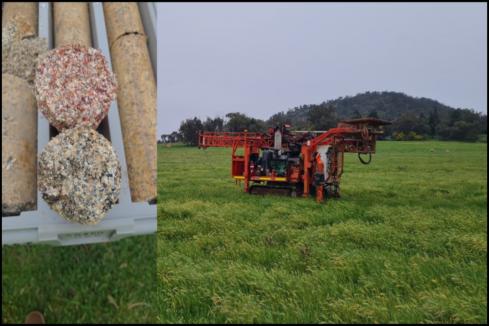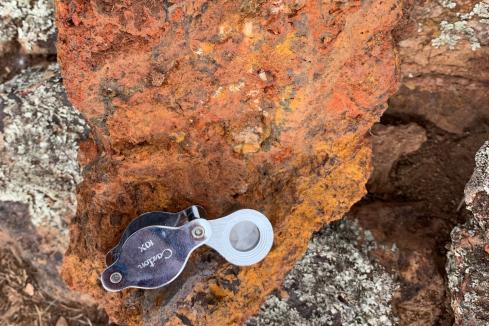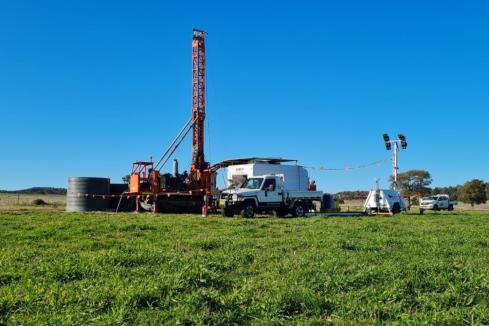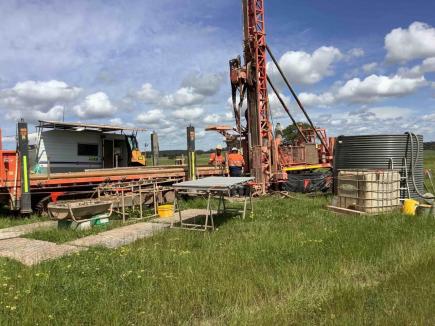Godolphin Resources has taken a second look at its Lewis Ponds project in NSW that was previously thought to be prospective for lead and zinc but now looks to be potentially even more lucrative for gold and silver. An extensive 1300m long gold and silver surface geochemical anomaly has delivered soil samples kicking as high as 6.2 g/t gold and 26.1 g/t silver.

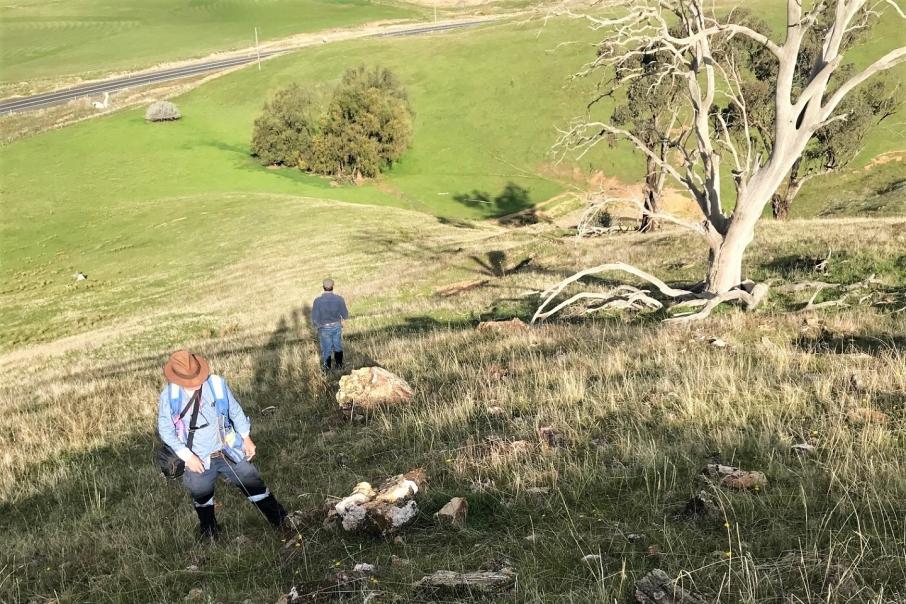
Godolphin Resources has taken a second look at its Lewis Ponds project in NSW that was previously thought to be prospective for lead and zinc but now looks to be potentially even more lucrative for gold and silver. An extensive 1300m long gold and silver surface geochemical anomaly has delivered soil samples kicking as high as 6.2 g/t gold and 26.1 g/t silver.
The Lewis Ponds project is located 15km east of the regional centre of Orange in New South Wales. The project covers 148 square kilometres of highly mineralised stratigraphy covering a wealth of historic gold and base metal mine workings that date back to the late 19th century.
The mineralisation at Lewis Ponds is interpreted to be associated with volcanogenic massive sulphides and already boasts a substantial mineral resource that weighs in at a hefty 20.24Mt grading 1.5 per cent zinc, 0.7 per cent lead, 0.1 per cent copper and 0.5 g/t gold with an impressive 33.3 g/t silver.
Modern exploration at Lewis Ponds has focused on the extensive base metals mineralisation across the resource area however, with gold bubbling along at just below US$2,000 an ounce and silver hitting a 5-year high of more than US$27 an ounce, Godolphin has begun to look at its project in a different light.
Lewis Ponds is hosted by a splay of the Godolphin Fault, the same structure that hosts the 2 million-ounce McPhillamy’s gold deposit 20km to the north of the project, a significant motivator for Godolphin to prioritise precious metals exploration over the prospect.
First-pass soil sampling across the prospect kicked off in July and quickly provided proof of concept. Godolphin then initiated a wider program of geochemical sampling, covering more than 2.4km of strike along the projected gold hosting structure. Soil sampling was undertaken on 100 x 50 metre centres, to depths of around 75cm below surface, to test the signature of any underlying, near-surface mineralisation – a total of 320 samples were taken across the target area.
The program has proven highly effective in uncovering a series of coincident gold-silver bulls-eye targets over more than 1.3kms of strike between the Summer Mine in the south and old Limestone Quarry prospect in the north. Gold results through the soil survey area average more than 70 parts per billion gold, which the company regards as being highly anomalous in this terrane.
The precious metals targets are interpreted to be hosted by the Lewis Ponds fault and cover a pervasive gold trend that is more than 250m wide, with the largest of the targets at the historic ‘Toms Mine’ that covers over 500m of strike in its own right.
The Lewis Ponds trend remains open and untested to the north and will be tested by an ongoing program of geochemical sampling as part of the next phase of exploration across the prospect.
The company is now undertaking a review of the Lewis Ponds resource, bringing modelling of the precious metals rich lodes to the fore to assist in understanding the distribution of the gold and silver mineralisation in the ore system and better target the ongoing exploration and resource drilling programs.
Godolphin is now planning an extended drilling program over the recently delineated gold-silver targets at Lewis Ponds as it looks to expand the envelope of precious metals mineralisation across the recognised prospect area and along strike.
With a wealth of underexplored targets covering more than 1.3kms of strike and a resource that already boasts more than 21.6 million ounces of silver and 325,400 ounces of gold, it might be that Godolphin already has the tiger by the tail at Lewis Ponds.
Is your ASX listed company doing something interesting? Contact: matt.birney@businessnews.com.au







